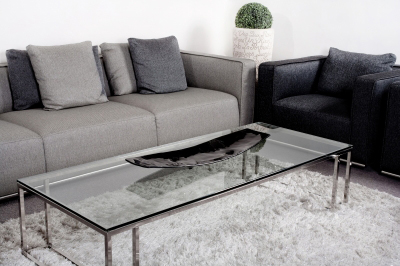As Alzheimer’s disease progresses, people become less able to take care of themselves. For this reason, it is important for a caregiver and family member to take preventive measures to ensure that their home and surroundings are as hazard-free as possible. Some experts recommend setting up boundaries in the home of the person with Alzheimer’s by dividing the space into three zones. These zones include:
-Danger Zones: Such as garages, basements, or places that are either hazardous to get to, or contain many unsafe items. These areas should be out of bounds.
-Respite Zones: These zones are for the caregiver, where some privacy and relaxation are possible.
-Safe Zones: These rooms should be arranged so that the person with Alzheimer’s can move about with minimal risk of injury and can continue doing what they like.
When you are preparing a safe zone for an Alzheimer’s patient, here are some tips that will help to make the room as safe as possible:
-Remove potential fall hazards: These hazards can include any furniture that could slip away if a person leans on it for support, extension cords and other wires or cables that could trip someone. Any clutter that is on the floors and loose carpets can be hazardous as well.
-Minimize Risk of Injury: Be sure to replace any glass tables with solid furniture that has rounded, unsharp edges and corners. Put childproof covers on electrical outlets and place a soft mat by the bed to cushion any falls.
-Store Away Certain Items: Pay close attention to any items that may pose a danger to the person with Alzheimer’s or may increase his or her confusion. This can include items such as alcohol, medicines, dangerous tools, guns, plastic bags and chemicals. You might also want to place important documents or bills in a safe location.
-Pay attention to entryways: Try to mark the edges of the front steps with reflective tape or consider replacing the steps with a ramp. Make sure handrails are available in either case. Patch up any cracks or uneven surfaces on walkways and remove any tripping hazards such as hoses.
Resource: http://www.everydayhealth.com/alzheimers/alzheimers-care-home-safety.aspx
Image courtesy of sattva/freedigitalphotos.net




